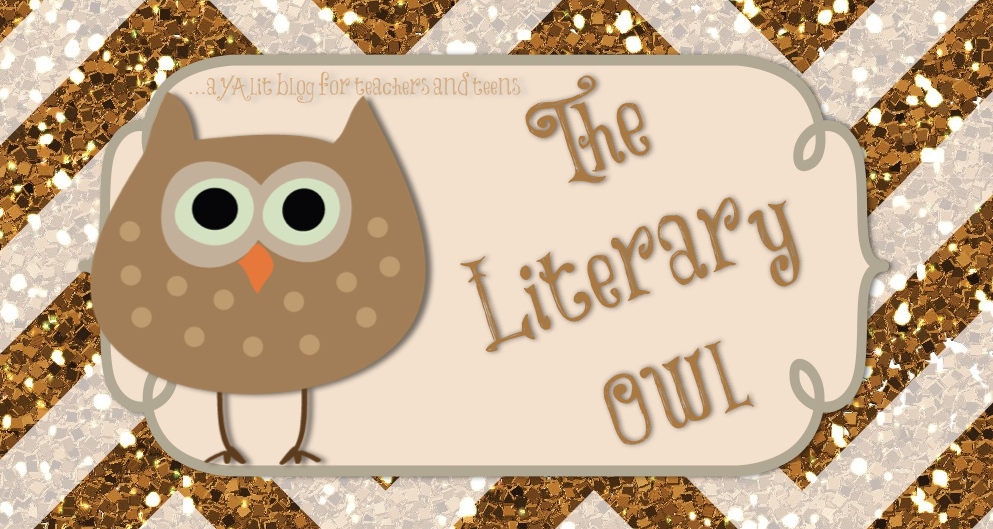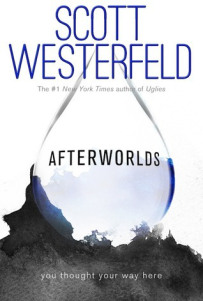It’s that time of year again. We are back into the swing of things and almost done with our first 6-weeks. I am starting to remediate students on a weekly basis. I wanted to share some resources I use to help screen my readers and progress monitor.
When I went to the Virginia State Reading Association conference in Richmond last spring, I sat in a seminar about building a literacy program at your school. One thing the speaker spent time on was screeners and developing a method of screening all your students to decide who needs help and who does not. The speaker was a literacy coach for an entire school, so she screened her kids during gym class. I do not have that kind of time, so I developed a 2 pronged method to finding my low readers and assessing what they need help with.
- Use their standardized testing scores and your schools student growth assessment or universal screener
In the past, my school has used the GATES assessment. It’s a 48 questioned timed test to assess reading comprehension. This is scored with percentile groups and reading levels. This year we are using a new Student Growth assessment. Our county provides us with data concerning how these scores translate into percentile groups and what the scores are. Identify your lowest 5-10 students based on this data.
2. Remediation Assesments:
Once you have identified your lowest 5-10 students to remediate, I then pull students into my room individually to assess their skills. I use 4 different “tests”with this:
A) A list of high frequency words on the 4th grade level–First I have the students read aloud to me from this list of words. These are pretty basic words a student should be able to read in 7th grade. If they struggle with these words, it’s a good indicator they need additional help either reading or recognizing words.
B) An ORF passage on the 4th grade level–Next, I give students an oral reading fluency (ORF) passage to read aloud. I score this like you would any other ORF test. I mark words they either skip or mispronounce. In the end of the passage, I mark the words they got correct over the total words they read and get a %age for accuracy. I also time the students and mark how far they get in a minute. I don’t tell them this and let them finish the entire passage.
C) A short comprehension passage with 5 questions on the….you guessed it….4th grade level–This is the third step. The student reads this aloud to me. I don’t mark for accuracy, but I do listen to their reading. They then answer 5 short multiple choice questions about the reading.
D) A story retelling rubric offline for Fiction passages….Finally, if there is time, I have students retell the story to me and use the retelling rubric from Reading A-Z. This has scores for certain levels of mastery so I can see the students comprehension of the story when the answers aren’t in front of them.
You may wonder why I use 4th grade material. The students we identify in the lowest percentile of our student body tend to fall in the 3rd to 4th grade reading level range. It’s hard to believe someone can let a child get so behind, but it happens! I try to be optimistic and start at 4th. If I need to go down a level, I work my way either down or up.
This assessment strategy can be used multiple times during the year.
Almost all my resources come from Reading A to Z. You can try them free for 2 weeks, I think, but if you are’nt up for that, I have linked some resources below:
Short Reading Comprehension Passage with Questions
4th Grade High Frequency Word List (this is the one I use)
Retelling Rubrics from Google Images
I hope this helps anyone who is struggling with remediation or trying to build their reading program!




